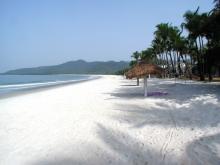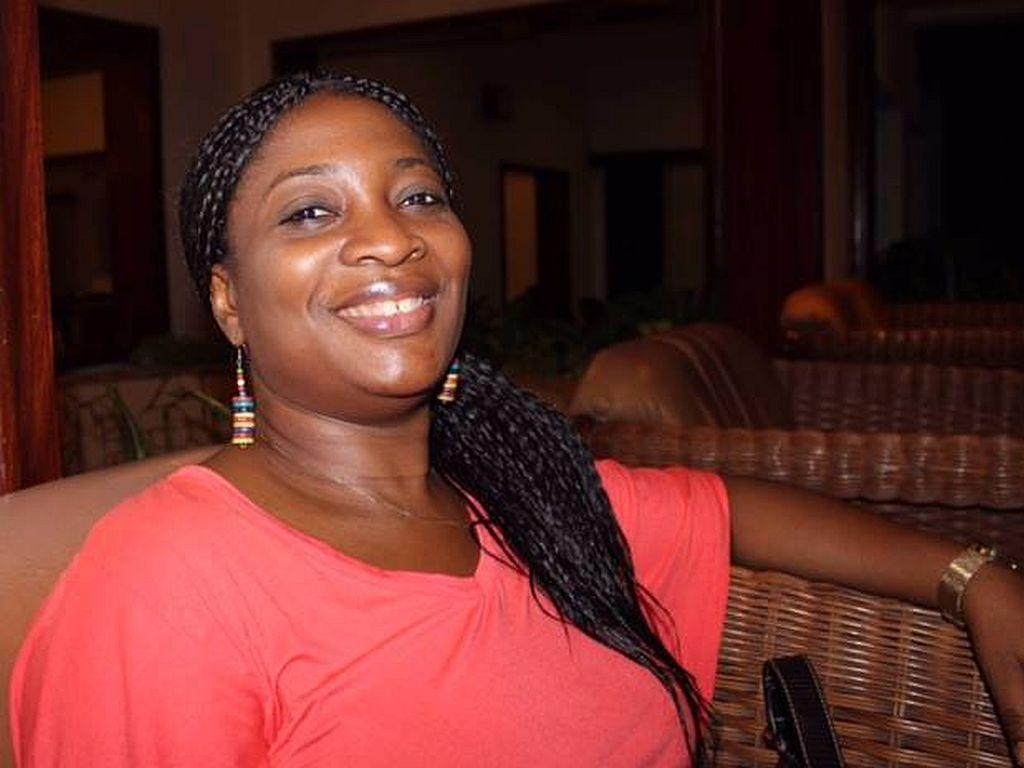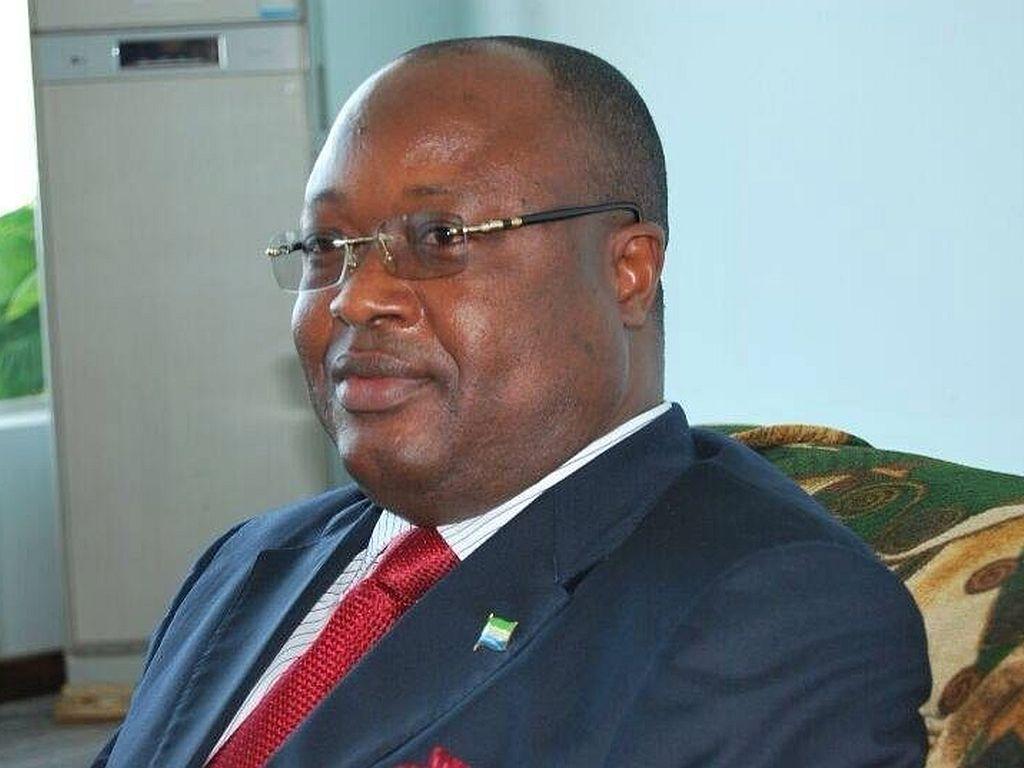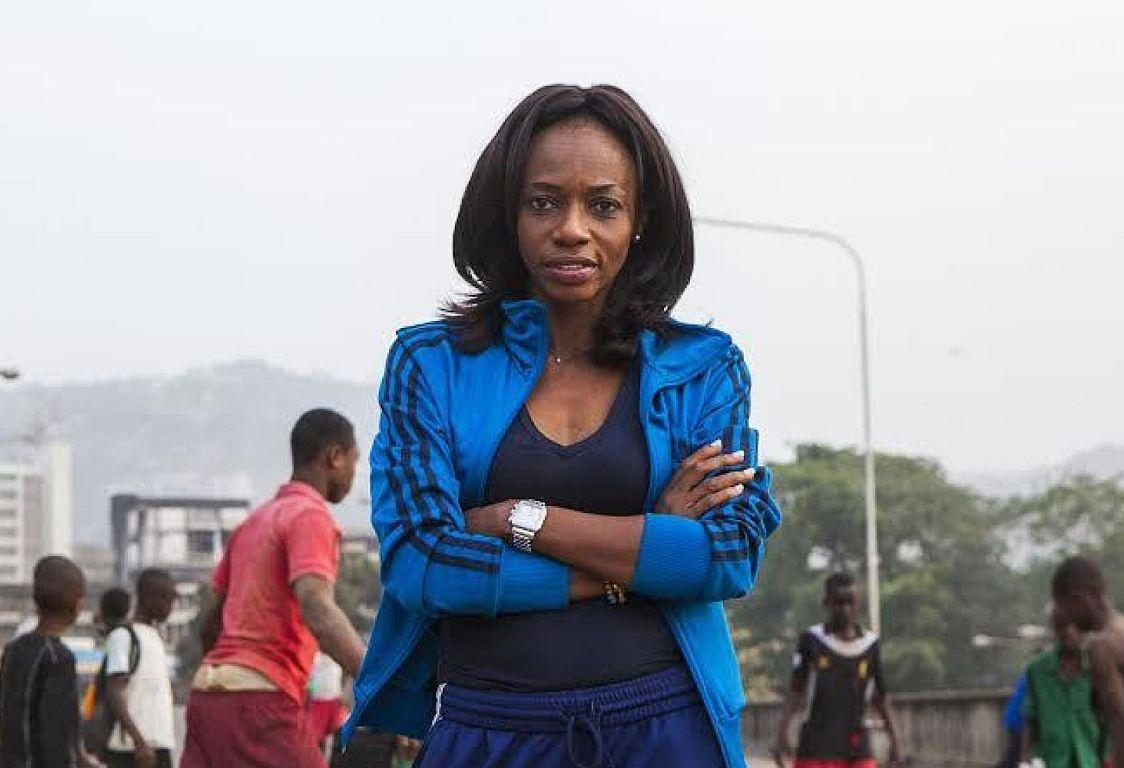By Tanu Jalloh
Did you know that Sierra Leone’s Agenda for Prosperity (A4P), with a vision to attain a middle income status in 2035, was actually aspiring to be where Ghana was in 2010? This in essence could only mean that Sierra was over two decades behind Ghana.
Did you also know that the first five years, ending in 2018, was only meant to achieve one out of eight pillars contained in the plan? Even that, which has to do with economic prosperity, is in danger of being abandoned half way through like it was with the agenda for change. The latter was to a large extent a success – based entirely on the increase in local revenue generation from the mining sector that largely financed the roads infrastructural development.
A political tool
Arguably, the agenda for prosperity is the biggest political tool in the hands of the All Peoples Congress (APC) government that promised economic prosperity for Sierra Leone. With barely two years to elections in 2018, the government strategies could well be at risk of failure to deliver on that promise – a stable economy, founded on private sector-led growth, and diversified across several competitive sectors to achieve our economic and human development vision.
According to the document, the first five years were supposed to have represented “the stage in national development where the economic model to ensure private-sector-led growth is set and pursued vigorously; a period during which growing revenues from natural resource wealth will create huge investment opportunities; a time of visible progress defined by fundamental changes in human development; and a time for accelerated reforms of the public sector, in preparation for better service delivery to the public”.
Apart from several documents I have read on recent government’s economic policy directions, the 2013-2017 country strategy paper, a report commissioned by the African Development Bank Group and prepared by four of its best, had expressed fear at the outset that most of the elements, that could jeopardize the vision, had refused to go away. They include issues of fragility, youth unemployment, gender inequality, insurmountable corruption, weak human and institutional capacities, poor economic governance systems, poor revenue management systems. All of these could potentially limit the country’s ability actualize its agenda.
A project at risk
Although there have been some notable indications suggesting that efforts are being made by the government to secure ‘prosperity’, these are largely economic in nature - economic diversification to promote inclusive growth, increasing agricultural productivity and value-added, fisheries, promoting manufacturing for value addition, promoting local and international tourism. These, which may still not addressed by 2017, are only supposed to lay the foundation for Sierra Leone to attain that middle income status by 2035. Therefore, a weak foundation lasting for the first five years, since 2013, would only jeopardize the whole project.
I have decided to look at the dangers surrounding government implementation of the A4P because the first five years of the 25 year vision, the foundation, is at risk of failure. The march to prosperity, 2013-2018, the Agenda will be to build a stable economy, founded on private sector-led growth, and diversified across several competitive sectors to achieve economic and human development.
To realise the long term vision in 25 years, according to the government, they must “achieve a robust and consistent level of high economic growth, and to maintain significant progress on governance indicators, that will confirm Sierra Leone’s stability as a state, together with sustained improvements in human development indicators for its citizens”.
Middle Income Countries (MICs), according to the World Bank, are a major engine of global economic growth, representing about one-third of global gross domestic product (GDP). MICs are essential for continued global economic growth and stability. The international financial institution, that provides loans to developing countries for capital programs, has observed that “sustainable growth and development in MICs has positive spillovers to the rest of the world”. Examples are poverty reduction, international financial stability and cross-border global issues including climate change, sustainable energy development, food and water security, and international trade.
Despite the gains
According to the AfP: “Despite this notable progress, the underlying drivers of fragility continue to pose significant downside risks for the country’s development. High rates of youth unemployment, at 70%, gender inequality, high levels of perceived and real corruption, weak human and institutional capacities and poor economic governance systems, especially public financial management (PFM) and revenue management systems, constrain the Government’s capacity to implement its development agenda. Limited physical infrastructure, especially in energy, water supply and roads, inhibit inclusive and sustainable growth and limits the country’s ability to implement its transformation agenda”.
The document which was meant to direct the course of development in the second and final term of President Ernest Bai Koroma was independent of the agenda for change, the first document by the same government that was largely built on the country’s second generation Poverty Reduction Strategy. That agenda largely attempted to address the investment environment by reviewing the legal environment, improve economic governance and doing business generally. Power generation improved and employment in the construction sector as a result of the many roads constructed, the mining sector saw the biggest employment of Sierra Leoneans, despite serious capacity issues and the quality of labour.
The risks, the bricks
There is the risk of low domestic revenue mobilisation effort. In 2014 and 2015 the country’s revenue authority (NRA) claimed that they exceeded their targets in revenue collection by 124 billion and 105 billion respectively. The authority even said that despite the Ebola virus disease outbreak, which adversely affected revenue generation, they raised more money than required of them in 2014. This is, however, not consistent with records provided by the ministry of finance and the central bank.
In October last year the government told the International Monetary Fund (IMF) that revenue generation had been very badly low in the same years referred to by the NRA. It was obvious authorities at the revenue generating offices badly wanted to justify their recent distress actions, that involved spot-checks and closure of shops and disruptions of businesses of defaulters. That was the only way they could raise Le60 billion in less than one month if only to prove that they could exceed their targets, sometimes without recourse to fairness in tax administration.
Low domestic revenue mobilisation
The research that informed the agenda for prosperity found out that “even though domestic revenue collection has improved in recent years, the domestic revenue to gross domestic product (GDP) ratio is low by regional standards, even for post conflict countries”. Low revenue mobilization was considered by the AfP drafters as having resulted in “huge budget deficits, financed partly by borrowing from the domestic banking sector, thereby crowding out private investment activities, and jeopardizing macroeconomic stability”.
High debt burden
The implementation of the Agenda for Change provided a lot of opportunities for the government to learn from. It came out clearly that one of the biggest challenges to macroeconomic stability and economic growth was the potential high debt burden. This was ahead of the implementation of the AfP.
Studies done around the economy and human development had warned that while the country’s external debt remained sustainable, with moderate risk of debt distress, a significant increase in non-concessional borrowing could increase debt overhang.
Domestic debt posed serious risk to fiscal and macroeconomic economic sustainability. For example in 2012, domestic debt stock stood at over Le1.7 trillion, representing 12% of GDP. Domestic interest payments in the same year amounted to Le253 billion and accounted for 13.6% of domestic revenues and 12.5% of recurrent expenditures. So it became clear that high domestic debt seriously affected investment in the public sector.
External Shocks
I have reported several times on how estimates and projections around Sierra Leone’s growth were communicated but also how that had had serious perception problems. The information that informed the IMF and World Bank’s assessment of the potential of the economy did not consider how vulnerable the policy structures, including reform agendas, to external shocks. Indeed the extractive sector was very promising and was only going to do well on conditions that the government chose to be prudent with revenues from the natural resource boom.
I am ending on this note so that we know that growth in any form must be sustainable to be long lasting with a view to touching the lives of a people. Sierra Leone would remain vulnerable to external shocks for a long time to come because it is not an exporting country, it cannot feed its people, capacity in the public sector is weak and limited and financial management is weak across the board.
The AfP document agreed that external shocks, in the form of high international prices of food and fuel and their pass through effects to domestic prices, was largely responsible for the huge inflationary pressures we saw in recent years. As a result government had to spend more than it budgeted for on goods and services. To cushion hardship and reduce hunger authorities had to reduce duties and taxes on basic food items and petroleum products. This was also because they sacrificed agriculture and small manufacturing industries on the altar of the natural resource boom.
Consequently, there was hardship. Everybody was broke including the government and there were widening deficits year in year out since 2012. Those shortfalls in money required to finance the government forced the government to borrow from the domestic bank and non-bank sectors. You now know the genesis of the many problems that caused the collapse of the government owned Sierra Leone Commercial Bank and the Rokel Commercial Bank, where it has majority holdings, in 2014. And because the Central Bank had to bail out the two banks, there was nothing it could do to deal with macroeconomic stability and arrest inflation amidst the depreciation of the exchange rates.
(C) Politico 28/01/16








